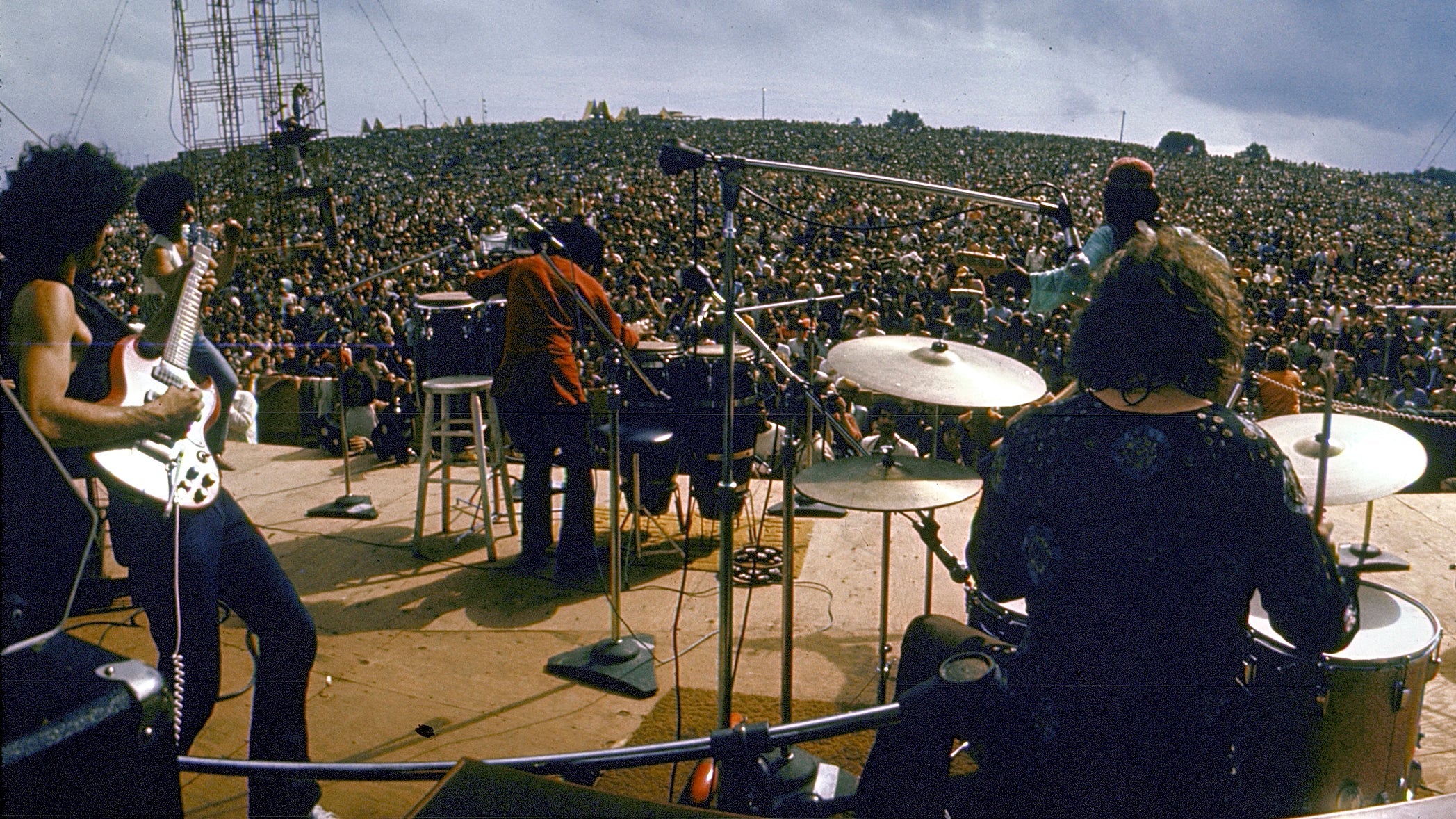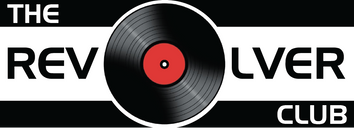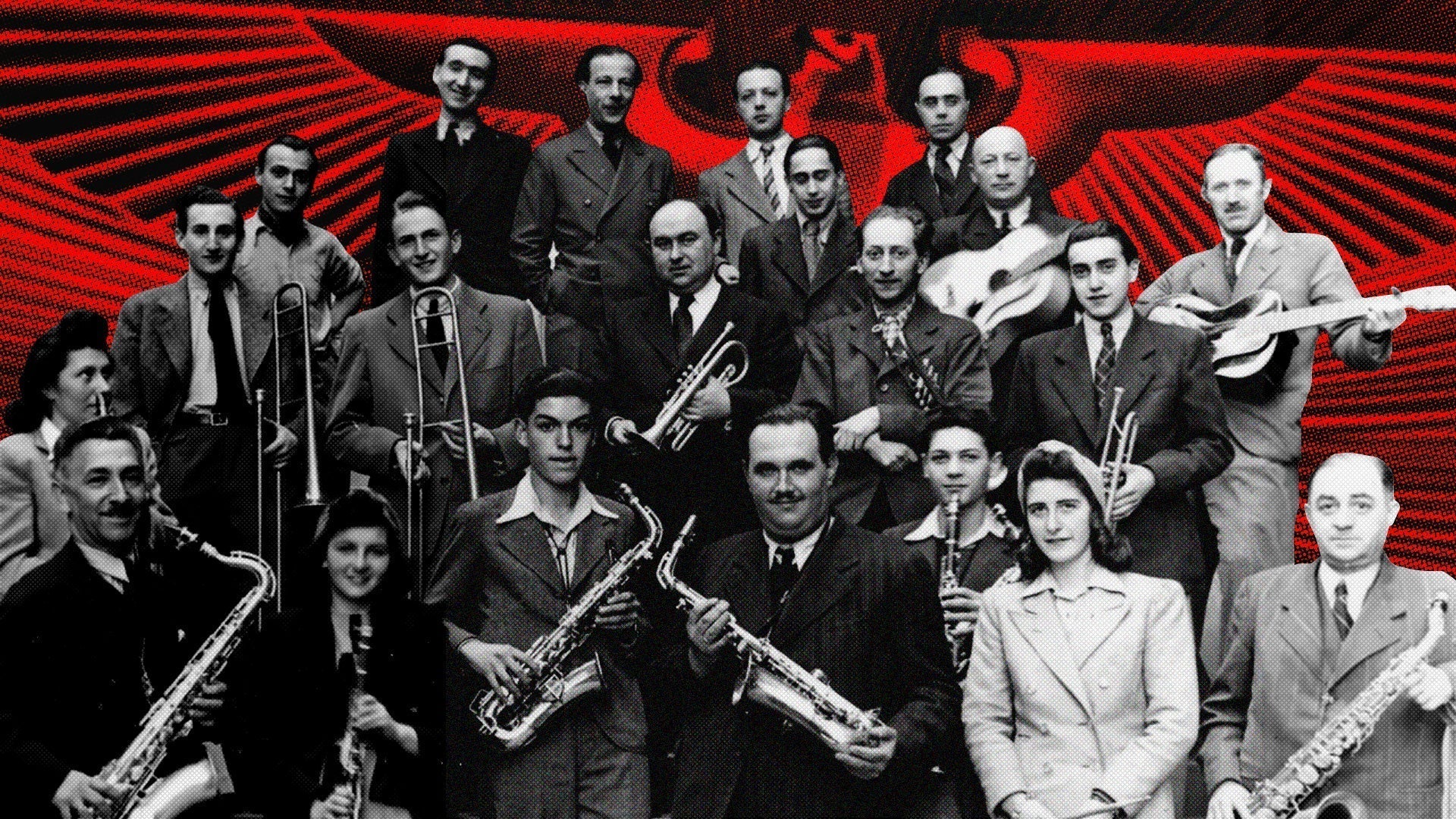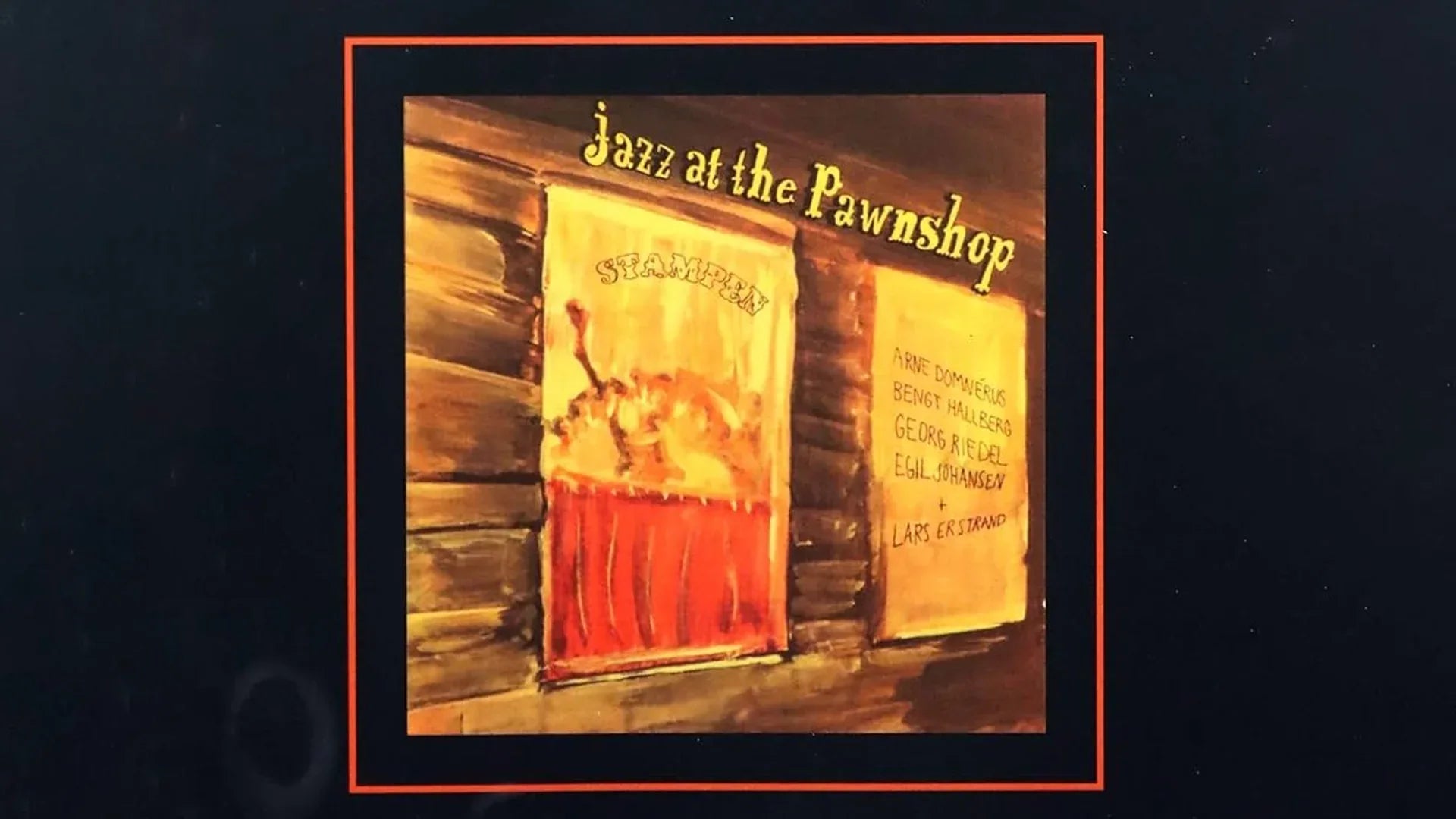Woodstock's 1969 Announcements

A little over 50 years ago, more than 400,000 people traveled to a dairy farm owned by Max and Miriam Yasgur in Bethel, New York where the Woodstock Music & Art Fair was being held.
The townspeople never imagined such a huge crowd and were evidently overwhelmed. Billed as “An Aquarian Experience: 3 Days of Peace and Music,” the event would be known simply as Woodstock and become synonymous with the counterculture movement of the 1960s.
The 1969 Woodstock remains a success in our minds despite the hiccups faced by people attending in the form of last-minute venue changes, terrible weather and lack of organisation exacerbated by overcrowding impacting many aspects of the show, from the water and food supplies to the available accommodations.
The crowd was so big that only half could listen to the music; most were just hearing muddled notes. It was the era of the Civil Rights movement, and many of the young people at the festival were opposed to the idea of the Vietnam War going on at that time.
One of the most iconic artifacts of the festival is the vinyl album, which features announcements and commentary scattered between the performances of the various artists. The announcements featured on the vinyl are an essential part of the experience of listening to the album.
The first track features a reading of the "Aquarian Exposition" message, which was a statement of purpose for the festival. The message, read by Max Yasgur, the owner of the farm on which the festival took place, speaks of the festival as a "new social phenomenon," a "counter-culture event," and a "spiritual pilgrimage."
Other announcements are more practical in nature, providing information about the festival and the performers; and also shed light on the situation addressed by the townspeople and the diverse group of individuals who gathered from different places with the aim of engaging in excessive drug use, sexual activity, and rock and roll, all while hoping to overthrow capitalism.
In retrospect, many still view this historic event as a peaceful gathering where large amounts of psychedelics were consumed, earning the festival a deservedly revered spot in history.
Also read: The history of Lollapalooza






Comments